10 Questions About Drain Flies
Drain flies, also known as sewer gnats or moth flies, are tiny insects that can become a nuisance in homes and businesses. These pests are often associated with plumbing and drain issues. In this FAQ article, we will address common questions about drain flies, including how to identify, prevent, and eliminate them.
1. What are drain flies, and what do they look like?
Drain flies (Psychodidae) are small, fuzzy-winged insects that typically measure about 1/5 to 1/6 inch in length. They have a distinctive appearance with a humpbacked shape and are often gray or brown. Their wings are covered in hair-like structures, giving them a moth-like appearance.
2. Why are drain flies found in my home?
Drain flies are attracted to the moist, organic matter that accumulates in drains, pipes, and plumbing systems. These pests lay their eggs in these environments, providing a steady source of food and a breeding ground. If you have a drain fly infestation, it’s a sign that there may be organic material buildup in your drains.
3. Are drain flies harmful to humans?
No, drain flies are not harmful to humans. They do not bite, sting, or transmit diseases. However, they are considered a nuisance because they can be an unwelcome presence in your home and are often associated with poor sanitation or plumbing issues.
4. How can I tell if I have a drain fly infestation?
The most common sign of a drain fly infestation is the presence of adult flies near sinks, drains, or sewer pipes. You may also notice small, dark larvae in the drains themselves. These larvae feed on the organic matter that accumulates in pipes and drains.
5. Can I prevent drain fly infestations?
Yes, there are steps you can take to prevent drain fly infestations:
- Keep drains clean and free of debris.
- Regularly clean sink and shower drains.
- Ensure that plumbing fixtures are properly sealed.
- Repair any leaks in your plumbing.
- Use drain covers or screens to prevent flies from entering.
6. How can I get rid of drain flies?
Eliminating drain flies typically involves a combination of the following steps:
- Thoroughly clean drains and pipes with a drain brush or plumbing snake.
- Use a drain cleaner or enzyme-based drain treatment to remove organic buildup.
- Regularly flush drains with hot water.
- Consider using a biodegradable bacterial drain treatment to break down organic matter.
7. Are there natural or DIY remedies to get rid of drain flies?
Yes, you can try these DIY methods:
- Pour a mixture of vinegar and baking soda down the drain.
- Create a homemade fruit fly trap using a jar and a piece of fruit as bait.
- Use flypaper or sticky traps near drains to catch adult flies.
8. When should I call a professional pest control service?
If you’ve tried DIY methods and still can’t eliminate the drain fly infestation, or if you suspect the issue is related to a more significant plumbing problem, it’s advisable to contact a professional pest control service or a plumber for a thorough assessment and treatment.
9. Can I use insecticides to eliminate drain flies?
Insecticides are generally not recommended for drain fly control because they are ineffective against the larvae living in the drains. It’s better to focus on cleaning and sanitation measures to address the root of the problem.
10. How long does it take to get rid of drain flies?
The time it takes to eliminate a drain fly infestation can vary depending on the severity of the problem and the effectiveness of your chosen methods. In some cases, it may take a few weeks to completely get rid of drain flies. Consistency in cleaning and prevention measures is key to long-term success.
In conclusion, drain flies are a common household nuisance, but with proper prevention and sanitation measures, they can be controlled and eliminated. If you’re having trouble getting rid of drain flies, don’t hesitate to seek professional help for a thorough solution.


